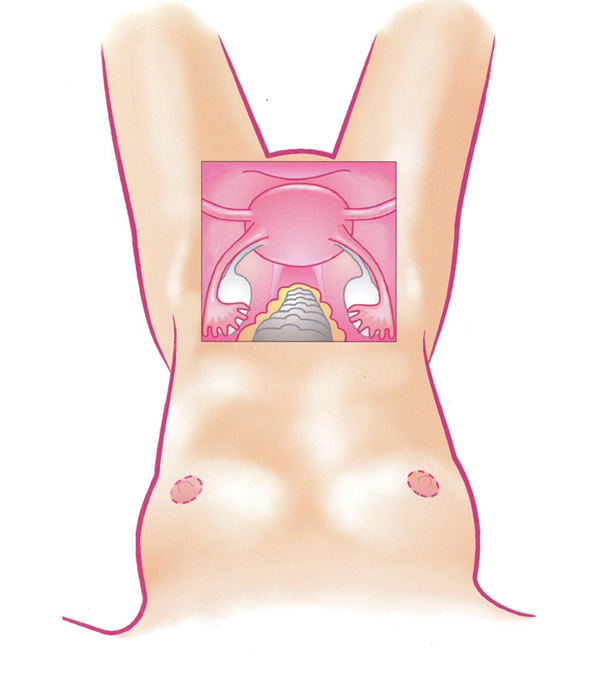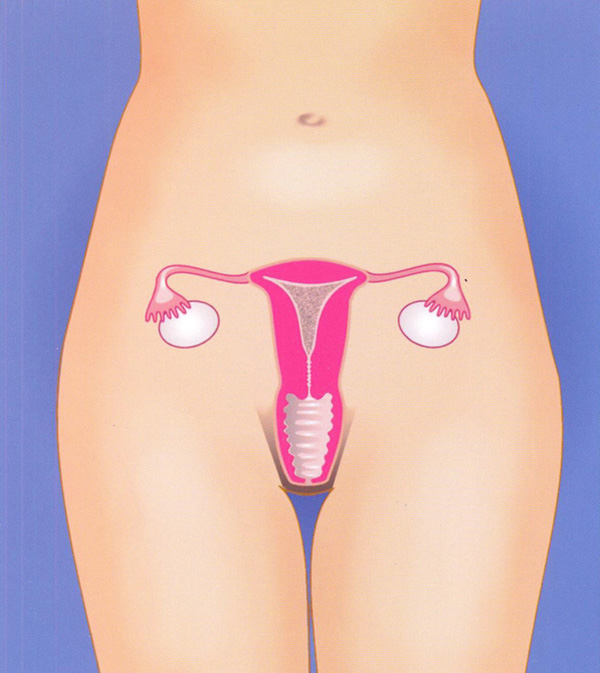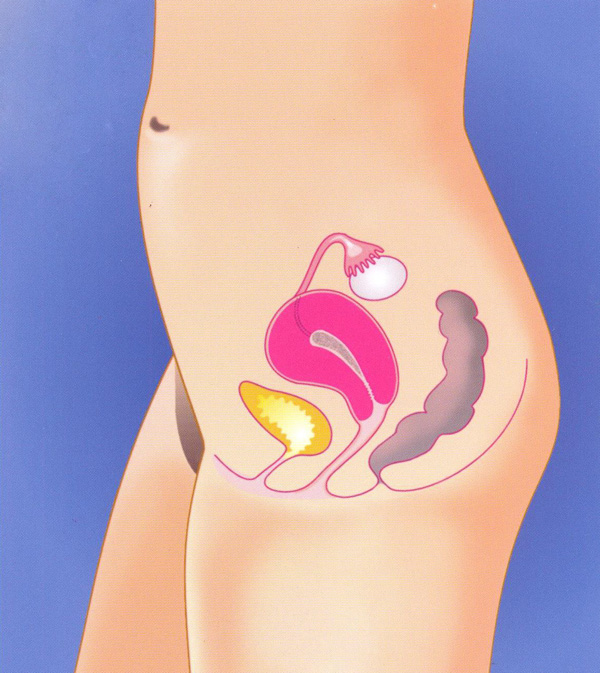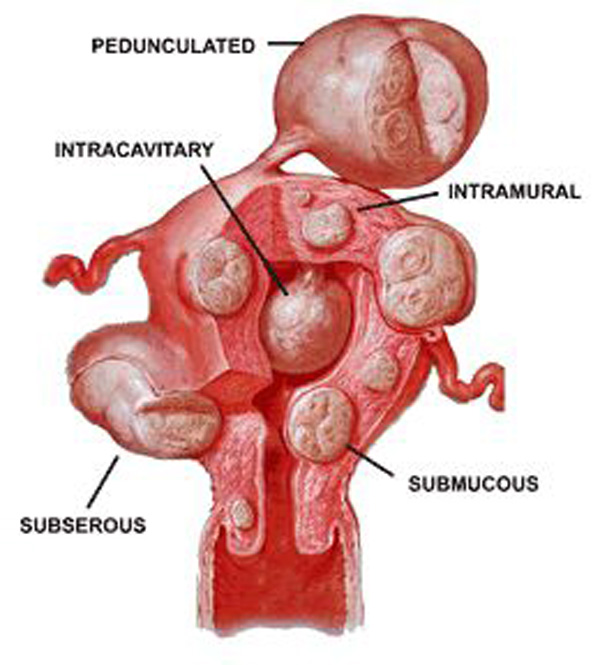- Departments and Clinics
- Department of Gynecology and Obstetrics
- Maternity Hospital
- • Check-in to the Maternity Hospital
- • On-line reservation
- • Delivery rooms
- • Maternity Hospital – Inpatient Department
- • Preparing for childbirth
- • When to go and what to bring to the maternity hospital
- • Consulting centres for pregnant women
- Outpatient Clinic
- • Outpatient Clinic of Paediatric Gynaecology
- • Ultrasound scans
- Gynaecology
- • Robot-assisted surgery
- • Comprehensive treatment of uterine fibroids
- Myomectomy
- Hysteroscopy
- Embolisation
- • Gynaecology – Inpatient Department
- Intensive Care Unit
- Documents for download
- Apreciation and gratitude
- Photo Gallery
- Career
- Certificates
- Statistics
- History
• Comprehensive treatment of uterine fibroids
In addition to previously offered, uterus-sparing procedures such as laparoscopic myomectomy (LM), laparoscopic uterine artery interruption (LUAO) and uterine artery embolization (UAE).
Uterine fibroids are the most common cancer in women of reproductive age. According to various authors, they can be diagnosed in 20 to 40% of women, and the frequency of their occurrence increases with age.


 Normal findings on the internal genital tract
Normal findings on the internal genital tract
However, since the age limit of women who are still planning pregnancy is moving up to the 5th decade of life, we are increasingly encountering the demand for conservative approaches in the treatment of this disease. In addition, a conservative approach, in addition to preserving reproductive abilities, will not exclude a woman from her established socio-economic stereotypes in the long term.
The cause of fibroids is still not completely known, although it has recently been recognized that genetic, hormonal and growth factors are involved in the development of fibroids. Age plays one of the decisive roles here, fibroids are most often diagnosed around the age of 40. A greater risk of this disease also occurs in women who started menstruating before 10 years of age, which indicates the significant role of sex hormones.
This disease also occurs more often where several relatives in the family have already had fibroids.
Ethnic origin apparently also plays a role, since the occurrence of fibroids is more common in African-American women. Obesity is also a risk factor.
In contrast, smoking appears to have a protective effect, as does the number of children born. The more births, the lower the probability of fibroids.

Different types of uterine fibroids
Symptoms of uterine myomatosis
- heavy and prolonged menstruation
- irregular uterine bleeding
- pain and a feeling of fullness in the lower abdomen
- pain during intercourse
- frequent urge to urinate
- impossibility to get pregnant or give birth
- women who have none of the symptoms and their fibroids < 4 cm can only be followed up
The goal of conservative treatment
Preserve the uterus, especially if the woman has not fulfilled her reproductive plans. If a woman is in the climacteric or menopause period, she is offered a hysterectomy (removal of the uterus), which solves the problem once and for all.
